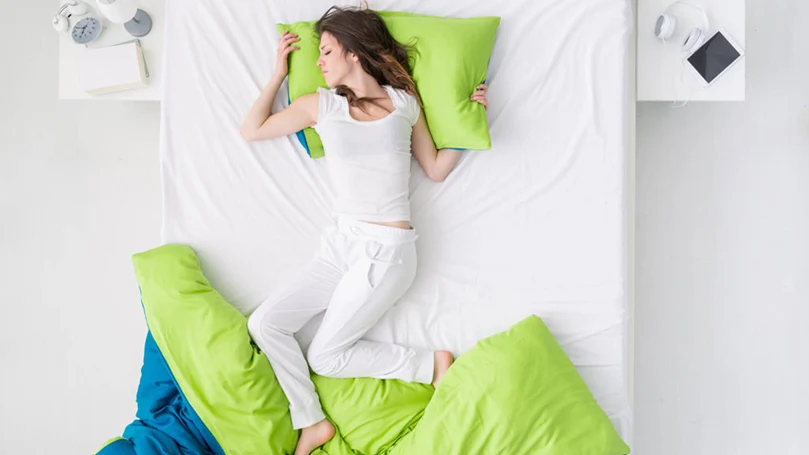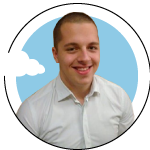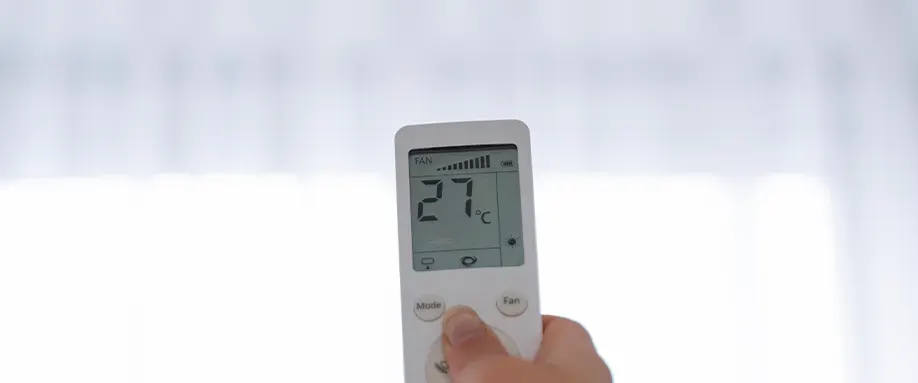
Humidity and comfort
Humidity in high amounts is definitely not good. Mold is a striving for humid air. This is especially worrisome for people with mold related allergies. Dry air is much more preferable, but if it is too dry it can dehydrate the skin. Winter weather is a good example where dry air can cause nasal passages to get dry, making them easier to get a disease. Nose related problems are very much linked to disruptive sleeping patterns.- which can be alleviated by using the air purifiers.
Having an impervious immune system can only get you so far, even if your nose makes it through the potential risks. Dry air is often causing an irritating, itchy sense in our throat – causing enough discomfort to make it impossible to fall asleep. Because both ends of the humidity scale are best avoided, the optimal humidity throughout the year should be at 50%. Due to that number, most rooms will require at least a humidifier and a dehumidifier– some probably both.
How cold should I go?
Cold is likelier to get you to the stage of sleep. Our bodies have temperature points they have to achieve in order for sleep to correctly manifest itself. Room temperature varies among sexes. Women have lower metabolic rates while performing idle activities (like sleeping, sitting). This means that women generate less heat while being idle than men. This is very true in offices where the temperature suiting male workers can cause shivers for female ones.

Our bodies need a temperature of around 35-36C to be ready for sleep. Around the body, the temperature should be similar. This is, of course, counting both the heat generated from the bed sheets, covers, pillows, bed clothes and finally the room itself. Getting the room between 16-20C (lower end for males, higher for females) is optimal. Men who sleep in cool rooms at around 18C, as mentioned in studies, increase the count of their active brown fat. The brown fat is linked to removing unwanted blood sugar while also helping the body with the consumption of calories.
Is this really worth it?
Like most things that get tinkered with, this detail will mostly help light sleepers or people that have specific sleeping conditions. The path to finding the right sleeping position and conditions is in these small things. If some are tempted by the benefits, but completely turned off by the nuance of finding what optimal – I offer a word of advice.
Don’t force a specific temperature or humidity value too much. If something is bothering you don’t let it go on for an unreasonable amount of time. The point is in experimenting with the options and maybe even discovering something new about your sleep you didn’t realise before. It is a fun experience if you make it one!

Conclusion
Finally, the incentive to make you consider going down the cool sleeping room route should be a lower electric bill. Heating up rooms during the winter can hurt the financial balance, especially if done for pure convenience. Better sleep can be achieved while saving money, so why not give it a shot.















There are no comments yet
"*" indicates required fields